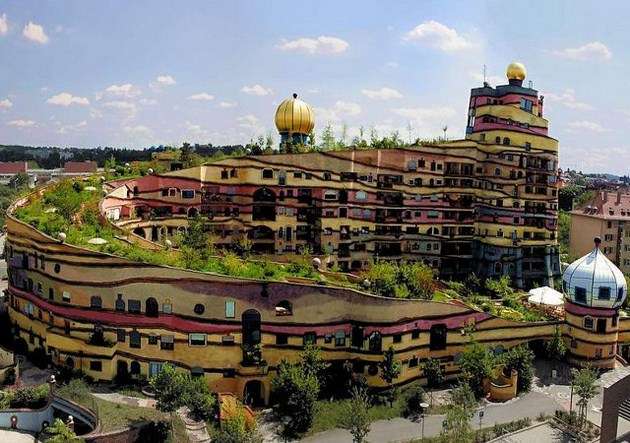[ G 1,1] We are living in an era of unprecedented growth in cities— the future is decidedly urban. Never before have so many people lived in cities, and of such great magnitude. The United Nations now predicts that the world will have 43 megacities (over 10 million people) by 2030. Three million people are not just moving to cities every single week—they are staying there for the rest of their lives. These days, the entire life-cycle of human beings takes place in cities. In stark contrast to the savannas in which we evolved, the urban landscape is becoming the default biotope for humankind.
Urbanization at this scale requires a broad and systemic redesign. Nature is already illustrating how extreme and novel cities (or “urban ecosystems”) have become, mostly through the phenomenon of “urban evolution”. Urbanization, defined as the alteration of natural habitat into a landscape primarily consisting of gray infrastructure such as buildings, roads, and other human- engineered amenities, results in other abiotic changes, such as increased pollution, altered light patterns due to artificial light production, growing impervious surface area, and the introduction of “human” foods and waste.
(“Biophilic Cities for the 22nd Century”, By Nadina Galle and Sophie Nitoslawski)
